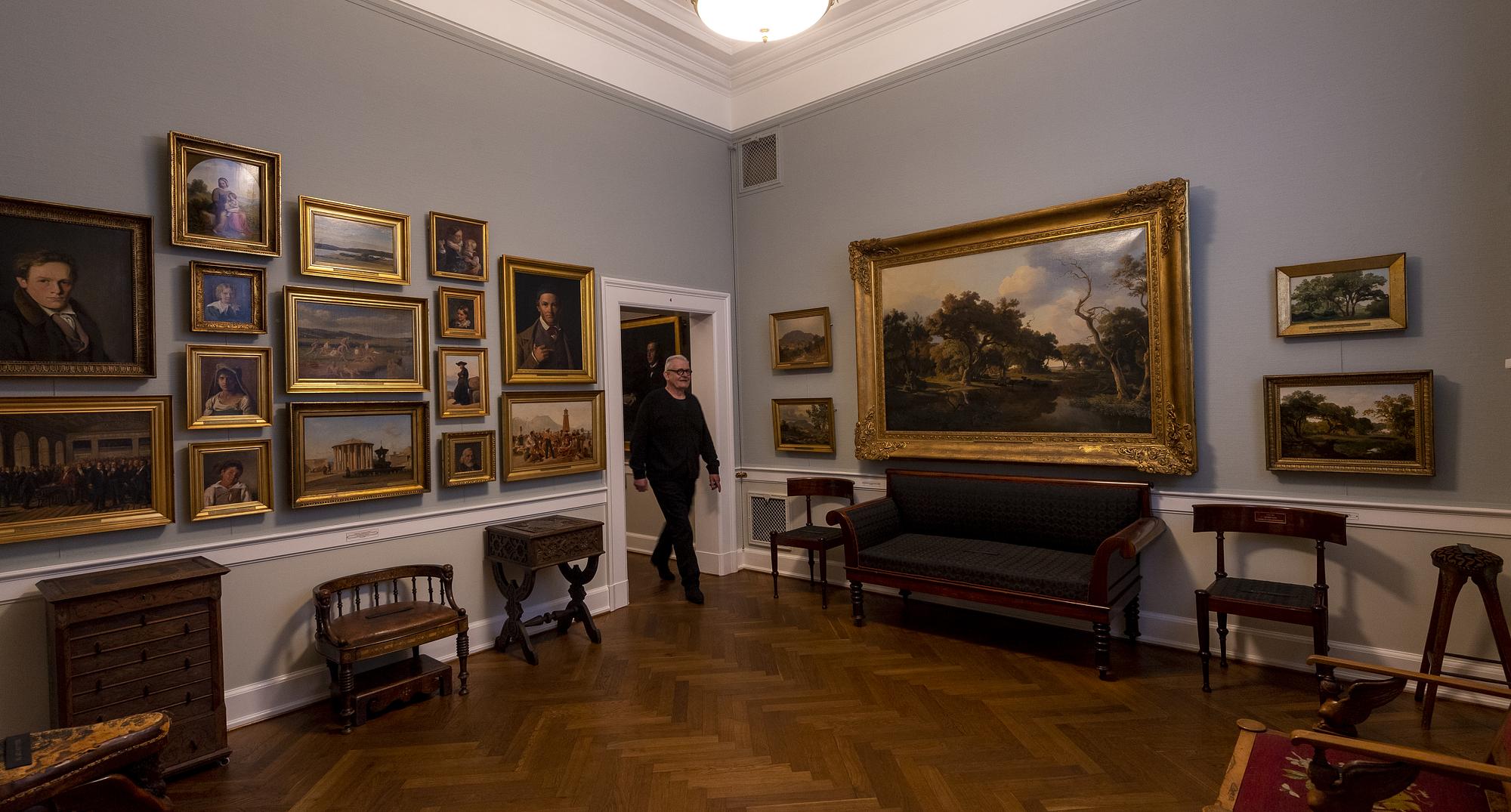
A collector’s museum
The story of the Hirschsprung Collection
The museum in Stockholmsgade first opened its doors to visitors in 1911. The building was specially designed to house the Hirschsprungs’ collection, and it has been decorated with furnishings from artists’ homes to create a cosy, almost home-like atmosphere.
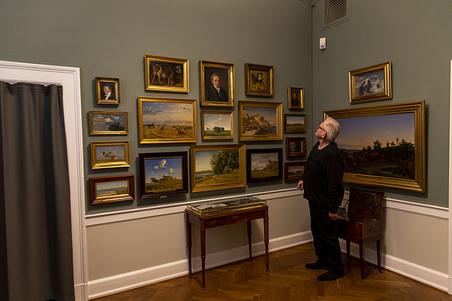
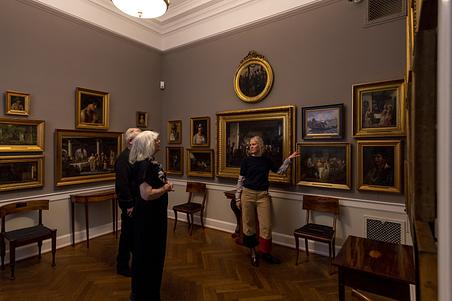
The early beginning of the museum
In 1888, Heinrich Hirschsprung exhibited his private art collection at Charlottenborg in Copenhagen. The catalogue featured 313 exhibits, approximately 150 of them paintings. Around sixty Danish artists were represented at the show. In addition to the paintings, the collection also held drawings, watercolours, pastels and sculptures.
The reviews of Hirschsprung’s 1888 exhibition demonstrate that the collection had already taken on its distinctive nature by this point. Hirschsprung was in the process of building a representative collection of Danish art from the Golden Age to his own present day. Spurred on by the success of the 1888 exhibition, Hirschsprung decided to further shape and expand his collection with a view to eventually donating it to the nation.
The collection grows
In the years leading up to Hirschsprung’s exhibition at Charlottenborg 1888, he had already intensified his collecting activities, making a number of important acquisitions that clearly aimed to bolster the modern aspects of the collection. He bought Erik Henningsen’s 1886 painting The Murder of a Child directly from the artist’s studio, and the collection of works by Anna and Michael Ancher was greatly augmented after 1888.
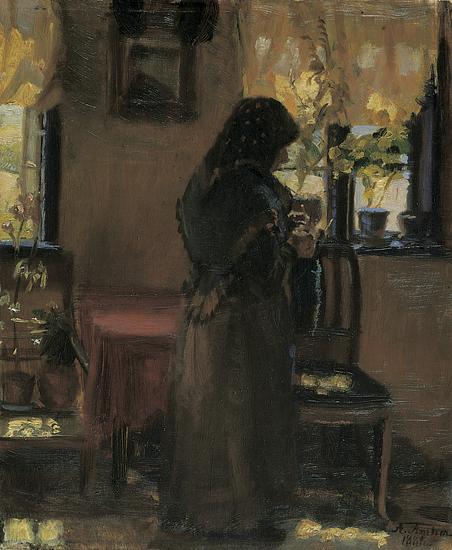
In the 1890s Hirschsprung began to buy paintings by Symbolists such as Harald Slott-Møller, Vilhelm Hammershøi, L.A. Ring and, later, Ejnar Nielsen. He might at times be rather hesitant about this new tendency within art, but listened attentively to the advice offered by the younger art aficionados in his circle, including the art historian Emil Hannover, with whom Hirschsprung got acquainted in the late 1890s.
The deed of gift
Heinrich and Pauline Hirschsprung had secretly deposited a deed of gift at the Danish Ministry of Culture in 1900, but they waited until the summer of 1902 to make this gift public. This coincided with the collection being shown at yet another major exhibition at Charlottenborg. With the deed of gift, the couple donated their entire collection of Danish art to the nation. But at the same time they asked that the Danish state and the local authorities should place a site and a building at the museum’s disposal. These demands were entirely in keeping with the ones put forward by the master brewer Carl Jacobsen in his deed of gift for to the Ny Carlsberg Glyptotek.
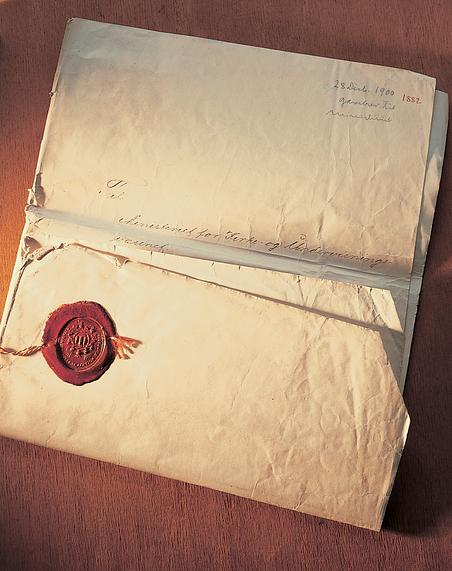
Construction begins and the museum opens
The negotiations finally led to an agreement in 1907, paving the way for the construction of the architect H.B. Storck’s classicist museum building in the Østre Anlæg park in Copenhagen.
Heinrich Hirschsprung died the following year, in 1908. The interior design of the museum was overseen by the art historian Emil Hannover. Hannover had been in charge of cataloguing the collection since 1902, and he was also assigned the task of arranging and hanging the art. Emil Hannover created a chronological hang, entirely in the spirit of Hirschsprung himself, and furnished the small rooms inside the museum with furniture that had previously belonged to Danish Golden Age artists as well as with other objects relating to artists. Hannover would since become the museum’s first director.
The Hirschsprung Collection opened its doors to the general public on 8 July 1911, the day before Pauline Hirschsprung’s birthday. The building has been listed since 1995.
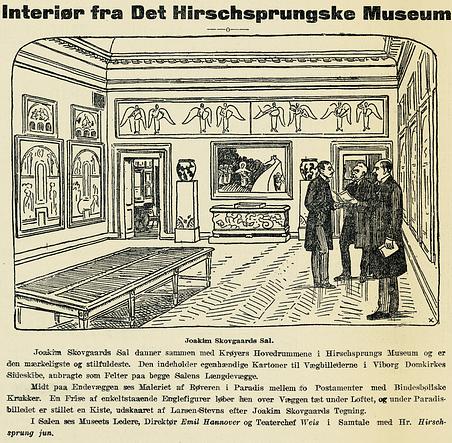
Emil Hannover gave the celebratory speech at the inauguration, including this statement:
‘We do not need many words to honour the memory of the founder of this collection, for the collection is in itself a monument raised in his memory. But it should be noted that he had no wish for the collection to be seen as such, far from it. He did not wish to raise a monument to himself, but to Danish art. And even though he belonged to a practical profession and was not officially schooled in the study of arts, he achieved this goal. He created a collection that is not only rich in works which are splendid in themselves, but a collection in which each individual work seems to have been collected with wisdom and clever calculation as building blocks for a truly historical monument to Danish art in is first and as yet only century. Yet far more than shrewd planning, the main driving force behind this endeavour was an effusive enthusiasm.’